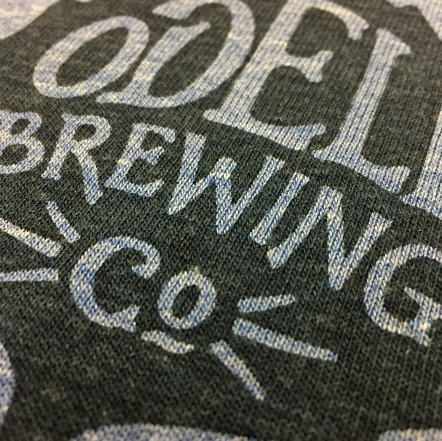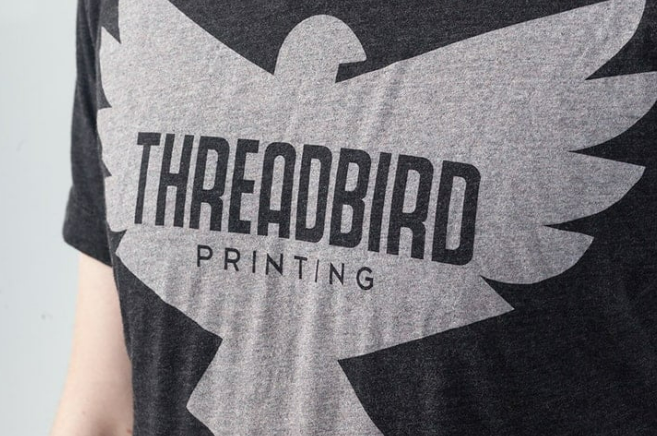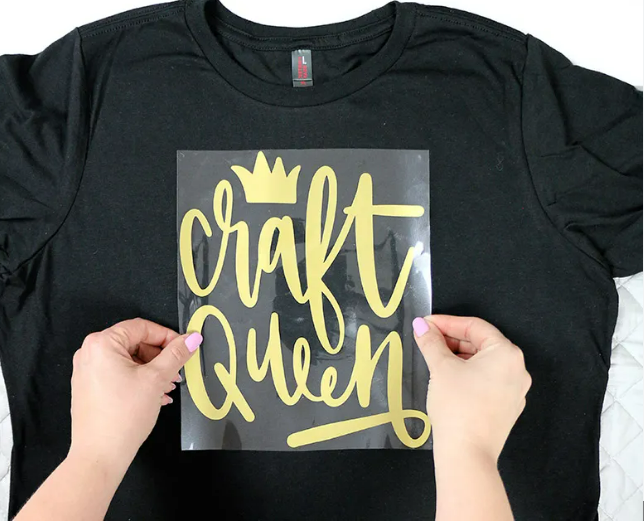What materials are used for T – shirt printing? Here are some common ones.
Plastisol Ink
Properties: It’s polymer – based, liquid until heated and cured. It’s opaque with bright colors and can make a raised, rubbery feel.
Advantages: Sticks well to fabric, durable after many washes, very versatile.
Disadvantages: Needs a heat press (costly), has chemicals (not eco – friendly).

Water – Based Ink
Properties: Pigments or dyes in water, thinner, penetrates fabric for a soft, breathable feel.
Advantages: Eco – friendly, wide color range, good for detailed designs, ages well.
Disadvantages: May not be as durable as plastisol on darks, needs careful handling.

Discharge Ink
Properties: Removes fabric color and replaces it, has a bleaching effect.
Advantages: Vivid colors on darks, durable, good for retro looks.
Disadvantages: Needs expertise, has a strong chemical odor.

Heat Transfer Vinyl (HTV)
Properties: Thin, flexible, in various colors and finishes, cut and applied with heat.
Advantages: Easy to use, no special printing equipment needed, durable, many design options.
Disadvantages: Vinyl cutter is costly, not very breathable, limited color range compared to inks.

Direct – to – Garment (DTG) Ink
Properties: Special inkjet tech, water – based, bonds with fabric for a soft feel.
Advantages: Detailed and photo – realistic prints, fast for small/medium orders, good for custom/short – run.
Disadvantages: Costly per print for large orders, prints may not be as durable, needs regular maintenance.

